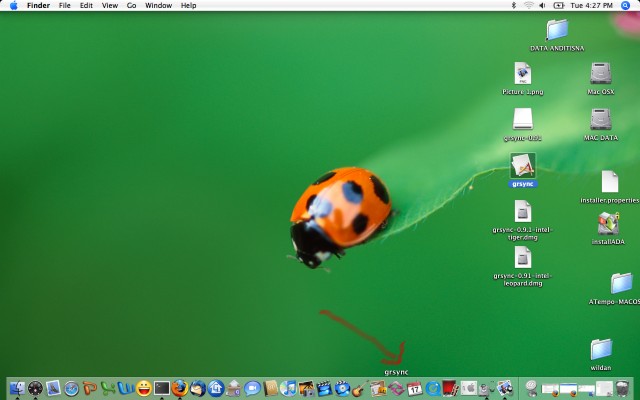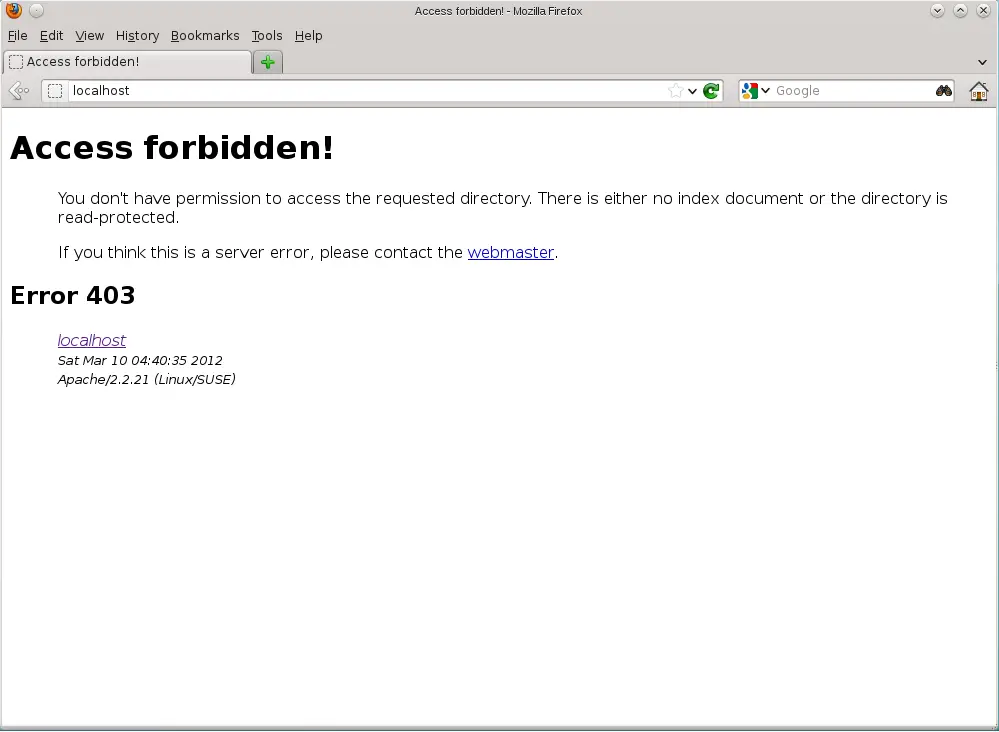
- #SUSE LINUX MAC OS X HOW TO#
- #SUSE LINUX MAC OS X MAC OS X#
- #SUSE LINUX MAC OS X INSTALL#
- #SUSE LINUX MAC OS X UPDATE#
- #SUSE LINUX MAC OS X UPGRADE#
After installation of Ubuntu, rEFIt will see the Ubuntu and you can boot it, without having to wait for half a minute. It can be installed on pretty much any filesystem, and since it’s designed to be a multi boot system for MacBooks, it works well in this case. It’s a boot menu for EFI machines, specifically MacBooks.
#SUSE LINUX MAC OS X INSTALL#
But despair not, there is something you can install to an HFS+ partition, which is not a big fat OS and will boot, and it’s called rEFIt. You can of course install OS X on it, which is why this all works if you dualboot, but that takes 10GB of space, see above. Neither, it seems, can you install GRUB to it. Obviously, you can’t install Ubuntu to HFS+. This means that the primary partition has to be HFS+. It’s yet again one of these “It Just Works (If You Do Exactly What We Tell You To) ™” attitudes from Apple. This is to be honest quite astounding, and completely incomprehensible. Only then will it go on to boot from non-GFS partitions. If there are none available, it will sit around for 20-30 seconds while waiting for you to insert one. The MacBook 3,1 and 4,1 will only load from HFS+ partitions.
#SUSE LINUX MAC OS X MAC OS X#
Well, after many tried, lots of reading on different sites and many retries (today I have installed Mac OS X three times, which takes an hour or more each time, and Ubuntu I think five (maybe more) times, which takes some 15-20 minutes or so, all in efforts to get the right combination of partition tables and software and I don’t know what. And if you have an external drive connected or a bootable CD in the drive, it will boot from that, no options.

OK, if you let Ubuntu take over the whole HD, by default, it’s going to work, but there will be a long delay for about 30 seconds where the MacBook will seem to not do anything. I’m hoping this has been changed in the new model MacBooks that doesn’t have Firewire.Īnyway, I then proceeded to try to get Mac OS X onto the external HD (easy) and Ubuntu onto the internal HD. Turns out the faster choice was good because it also has Firewire, and I later read that MacBooks won’t reliably boot from USB drives, so that was a lucky choice. (Wester DIgital has Macbook white external drives too, but only of their cheaper, slower model).

The My Passport Studio has faster transfer rates, so I picked that one, even though it’s MacBook Pro silvery, and not MacBook white.
#SUSE LINUX MAC OS X UPGRADE#
Especially since I want separate root and home partitions (this has saved me once earlier, when an upgrade went pear-shaped). And of course, there goes another 40GB, and then I suddenly don’t have much space left for Ubuntu. I have done that with a Windows machine I have at home so far, but to be able to do it when I’m at a customers place would be a nice bonus. And of course, I need to be able to test websites in Internet Explorer as well. So I need more than these 10GB, probably around 40GB. It’s going to be nice to be able to test those reports myself. Sometimes I get reports that things doesn’t work in Safari, and I quite often gets bug reports on Plone4ArtistsCalendar together with iCal. However, I want to be able to boot into OS X so that I can test things. Quite a significant space waster just to keep the firmware updated, admittedly. Reportedly it should be possible to have a partition size of 10-15 GB for this.
#SUSE LINUX MAC OS X UPDATE#
If you want OS X only to update the firmware, you can reinstall OS X on your hard disk skipping everything that is optional, and thus use up as little space as possible. There are several FAQs out there to do this, so I won’t touch on that. This means that most people who use Linux as the main OS will dual boot. Earlier ones have for example increased the battery life significantly. OS X is the only OS you can use when updating the firmware of the MacBook, and firmware updates on MacBooks can be very useful.

Oh, and it’s for whining and ranting as well.įirstly, you need OS X for your MacBook.
#SUSE LINUX MAC OS X HOW TO#
This post is to explain some things about how MacBooks boot, and how to install Ubuntu on a MacBook without having OS X on it as well.

Why is a later post but in short I feel that Ubuntu is a better OS if you are a develope, at least a Python/Plone developer like me.


 0 kommentar(er)
0 kommentar(er)
